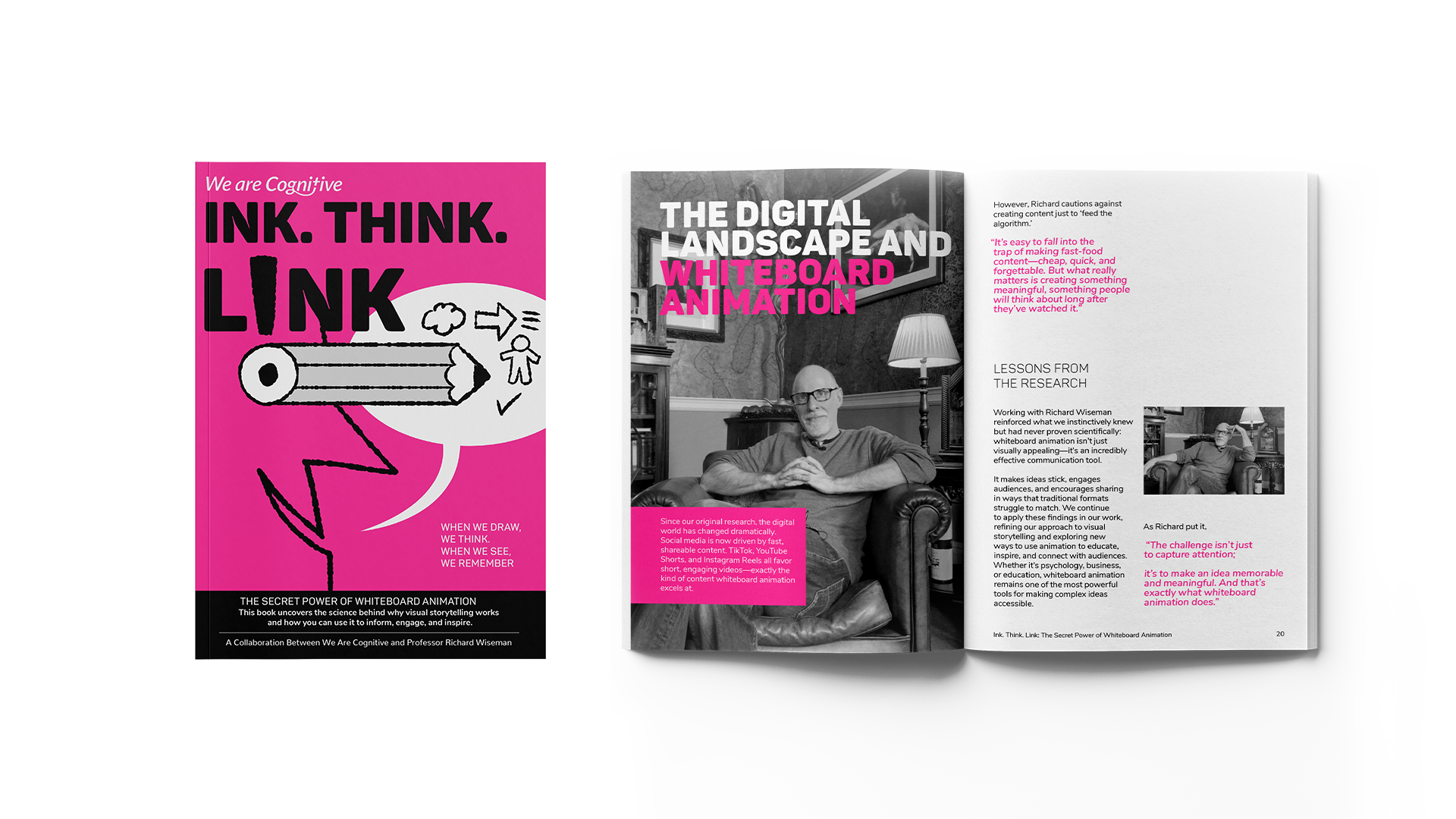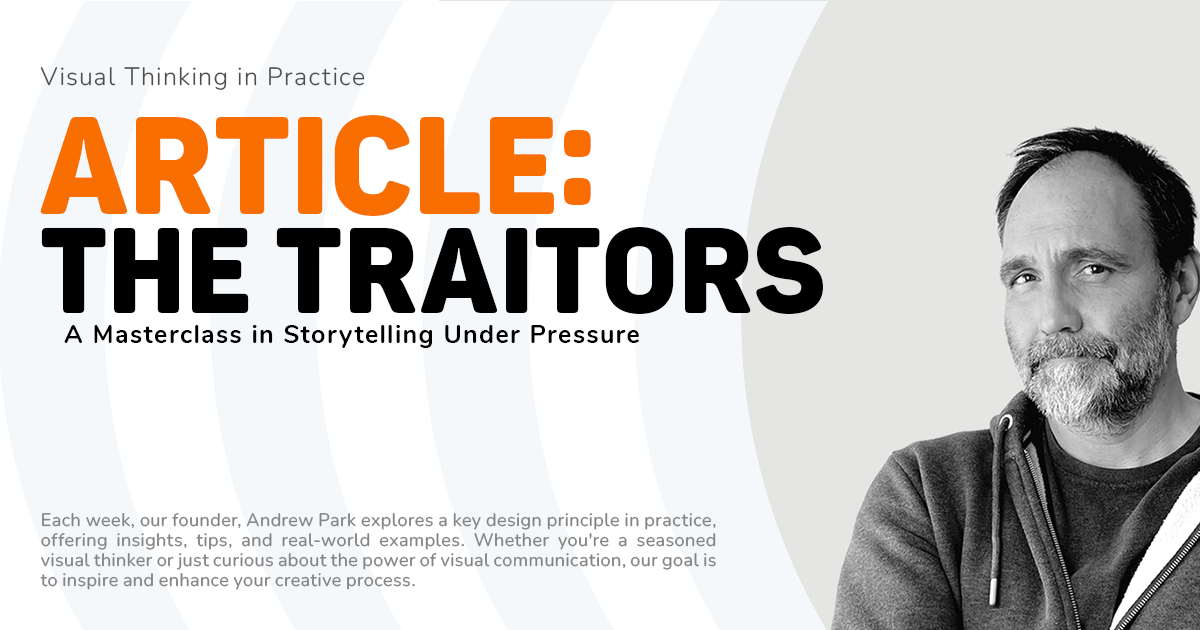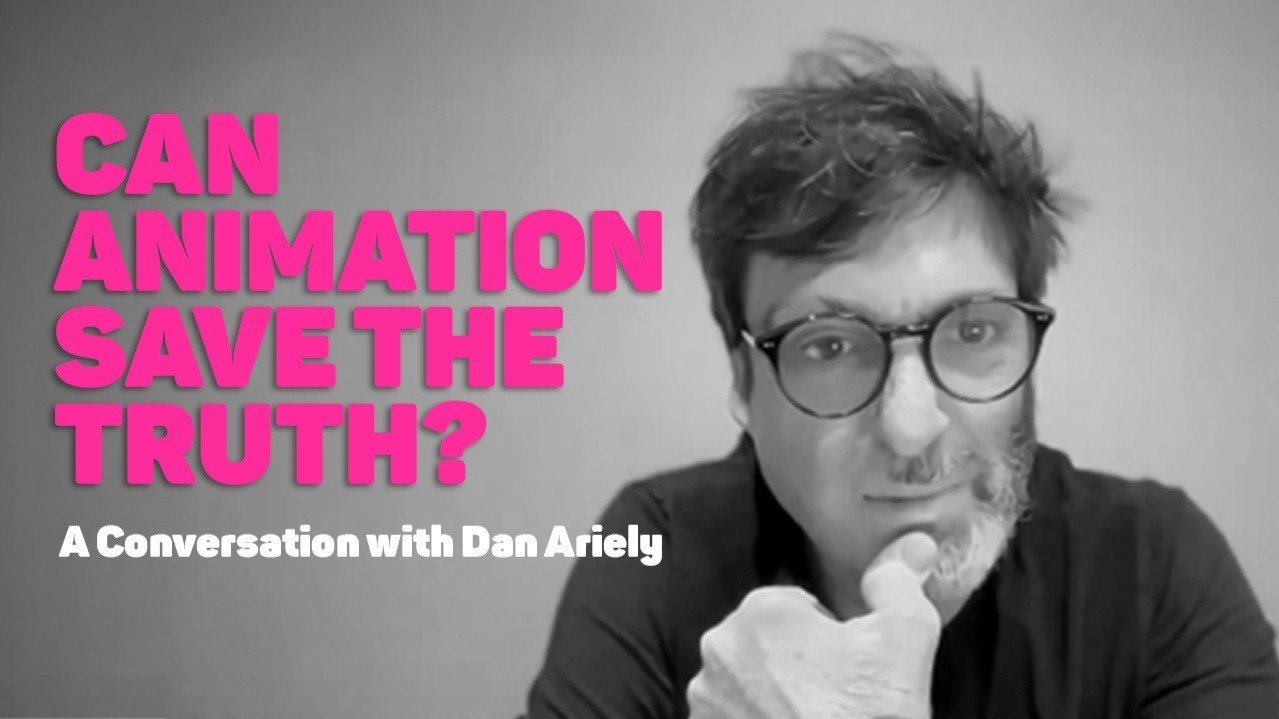How Complexity Breaks Alignment—And What Drawing Can Do About It
The view from the side of the room
“Alignment is the degree to which the components of an organisation—its purpose, strategy and architecture—are arranged in such a way that they support each other to achieve strategic goals.
”
Sometimes, I turn up to an event like an idiot servant. I don’t know anything and information simply travels through me and I draw some pictures.
Not a strategist. Not a consultant. Just someone with open ears and inky fingers.
I don’t come armed with answers. I come to listen, sketch, and catch the shape of what’s really going on—beneath the jargon, the slide decks, the polished pitches.
At Saïd Business School, that approach was rewarded tenfold.
I was there to scribe a leadership programme—three intense days of board-level dialogue, tough questions, and organisational soul-searching. One of the standout voices was Professor Jonathan Trevor. Until then, I wasn’t familiar with his work.
But the moment he started speaking, a light went on.
Here was someone articulating, with academic precision and decades of frontline experience, something I had felt and drawn many times—but never fully named:
Complexity creates misalignment.
Not all at once. Not loudly. Just quietly, persistently, expensively.
I’d been exploring this for years—how well-meaning systems grow tangled, how signals get diluted, how structure drifts away from purpose. I thought I was onto something. Hearing Jonathan lay it out with such clarity felt like confirmation.
My ears pricked up. I was laser focused.
This wasn’t just good content—it was the language I needed to build better tools.
Tools that help teams see misalignment.
Tools that help leaders simplify complexity.
Tools that help organisations tell the truth visually—even when it’s uncomfortable.
From that moment, my mission shifted:
Not just to scribe what was said, but to trace the cracks and show the way forward.
Jonathan Trevor’s alignment chain (and why it matters)
Jonathan frames alignment through a deceptively simple chain:
Purpose → Strategy → Organisation
When these links are strong and connected, things move. People understand what they’re doing and why. Energy flows.
But when the links drift—even by a few degrees—you feel it:
Strategy that sounds good but never lands
Structures that add layers without clarity
Teams who care deeply, but pull in different directions
It’s not usually chaos. It’s just… friction. Hidden cost.
And from my side of the room, pen in hand, I could see it.
What I saw from the sidelines
Over those three days, several patterns emerged—none of them unique to this organisation.
Strategy was sound—but delivery lagged
Capability didn’t match ambition. Great plans sat on top of legacy processes and underdeveloped systems.Purpose felt poetic but not practical
The mission was moving, but not embedded. People weren’t sure how their work tied back to the bigger “why.”Too many layers, not enough clarity
The matrix structure had grown wild. Decisions needed five approvals. Ownership was blurred.Trust was frayed, not broken
People wanted to believe in each other—but the habit of control lingered. Verification replaced confidence. Candour got squeezed.
None of this was malicious. It was just accumulated misalignment.
And because I was drawing, not talking, I saw it differently.
Drawing makes misalignment visible
Here’s the magic of scribing: it’s a mirror.
Not a transcript. Not a highlight reel. A reflection of how things feel in the room.
When I mapped the org as a leaking bucket, no one laughed. They nodded.
When I drew the alignment chain—one link bent, one rusted—it clicked.
When I laid out decision paths like a pinball machine, people pointed and said: “That’s us.”
Visual thinking cuts through politeness.
It shows where things don’t fit—without anyone needing to say it out loud.
From framework to visual tool
Jonathan’s framework gave me a challenge:
Could I turn his ideas into practical visuals that help teams align faster—and spot complexity before it calcifies?
So I started building:
The Alignment Chain Map – a one-page visual to diagnose drift between purpose, strategy and structure
The Complexity Heatmap – to surface friction: layers, overlaps, approval loops
The Decision Flow Sketch – a way to show how long it takes a good idea to become real
These aren’t finished tools. But they’re already working.
Because once you can see the problem, it gets harder to ignore it.
What this means for leaders
If you're running a team, a function, a transformation, here’s the question:
Are your people aligned? Or are they just adjacent?
That’s a subtle but costly difference.
If you’re not sure—
Try mapping your purpose, strategy and structure on one page
Ask how many links in the chain are assumed but not designed
And if you want a second pair of eyes—I’ll draw it with you
Because the only thing worse than a broken alignment chain…
is not knowing it’s already snapped.

































We all know the stakes. When communication breaks down in the NHS, it's not just systems that suffer, it’s people. Missed signals. Duplicated work. Delays that ripple out. And beneath it all? A creeping misalignment that turns well-meaning teams into disconnected silos.